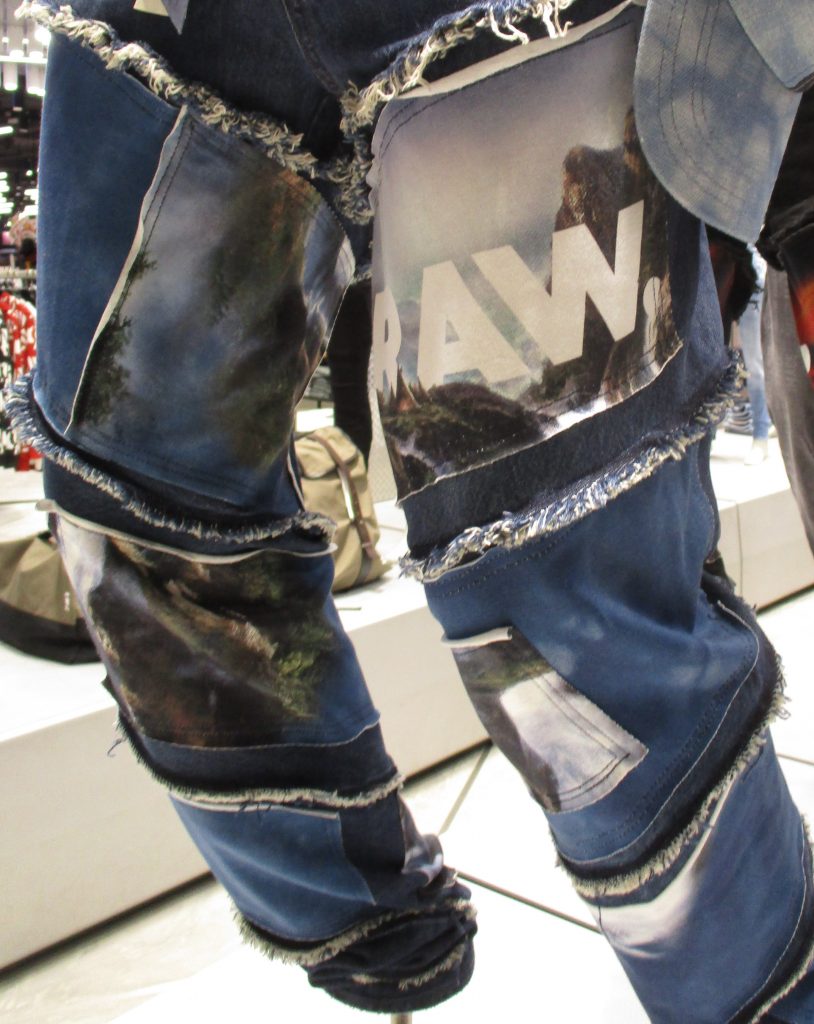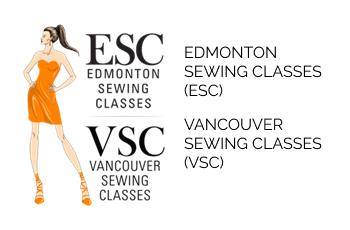
Many designers ask me whether they should have their fashion samples made in North America or in Southeast Asia. There are plenty of Pros and Cons, when it comes to having your samples made in North America or Southeast Asia, and here they are…
North America (Canada/USA)
It may seem convenient to have your samples made in your own backyard or home country, but the cost of labour is astronomical. If you are the kind person who likes to have your hands-on everything during the entire sampling stage, perhaps having it made locally is really the best way to go because, this way, you have more control over how things are put together. You can select, choose and make your own decisions, without all the hassle of e-mailing and couriering things back and back forth, which, in turn, will save you plenty of time. However, anyone who has had samples made in Canada or the United States will tell you that the sampling will take much longer, due to a shortage of human resources. Many garment factories in North America are small; they do not have many employees because the labour costs are very high and most owners do not have the budget to hire additional skilled workers. Far too often, these garment factories take on more work than they can handle, which, in turn, causes delay and more delay, since your sample pieces will not be their highest priority. As result, your sample delivery will always be late, depending on the time of the year, whether it is peak or non-peak. Peak season usually means when a garment factory is in the mass production stage of producing either one or multiple lines of different fashion house labels. Non-peak season is the slowest time of the year, when the garment factory has just completed delivering all of their production lines to their clients and they no longer have many orders to work on. During peak season, your sample will most likely take a lot longer to finish because the factory is extremely busy, rushing to finish all of its production to meet client deadlines and delivery dates. During non-peak season, the factory spends most of the time preparing samples for clients, so this is probably the best time for you to submit your samples to have them made for you, if you want it quick and fast. Sampling time can take somewhere between three weeks to one month in non-peak times. During peak season, it can take as long as six weeks to three months, depending on the size of the factory. As I said before, if the garment factory has more resources, your sample can be made a lot quicker, but, if the garment factory is small and has a limited number of employees, your samples will take a lot longer to finish. The negative side of having samples made in North America is the high labour costs, combined with shipping costs and taxes. It may seem convenient, but when you crunch all the numbers together, you will suddenly realize that your product’s final cost has just ballooned dramatically, and that will certainly cut your profit margins right down to the bone. After everything is finalized, your garment’s retail price may skyrocket to a point of where it makes it a lot harder to sell and less competitive against other retailers. Not only are labour costs high, but also the vast majority of garment factories in North America do not have a sufficient number of industrial machines and modern technology to complete many different applications, such as cutting, sewing, embroidery, dyeing, washing and finishing. North America and Europe are also falling far behind Southeast Asian countries when it comes to investing in infrastructure technology for garment sampling and mass production. Sadly, many garment factories in Canada, the United States and Europe do not even have enough different types of industrial sewing machines to sew or finish specialty garments.
Southeast Asia
The real benefit of having your samples made in Southeast Asia is the low labour cost, and I mean very low. You can have a lot of stuff made for under US $3 to $10. That amount can include materials and labour costs, depending on which country is making your samples or what you are asking them to make. A Roots of Canada hoodie can be made for US $10 to $15; a Michael Kors men’s tailored suit can be made for US $75 to $100; Levi’s jeans can be made for US $12 to $20; a Victoria’s Secret bra/lingerie can be made for US $3 to $10; and a Stormtech raincoat/jacket can be made for US $75 to $100. Everything is negotiable in Southeast Asia, which means that the price can be even lower with greater quantities. The biggest downside of having things made in Southeast Asia is the time zone difference, as most Asian countries are 13 to 15 hours ahead of North America, which makes communication a lot more complicated and subject to delay. You do have the option of traveling directly overseas to the garment factory to have your samples made, or you could communicate by e-mail, WhatsApp, or Skype, if you choose not to travel overseas at all, to save money. Personally, I prefer to travel and meet people in-person to do all my sampling, so I can inspect the factory working conditions for cleanliness, the quality of their work, and, last but not least, ensure that I am not scammed either. There have been many cases where a small factory operates from someone’s home, and, when the owner disappears out of sight, so is does the clients’ money. Another negative aspect of having your samples produced overseas is the never-ending e-mail game. When you communicate by e-mail, you can end up with 300 e-mails per garment going back and forth, depending on how complex the details of the samples are. Most of these e-mails involve decision-making, clarification on technical drawings, fitting issues, measurement and dimension issues, fabric selection, trimming and notion selection, button and closure issues, costing issues, shipping paperwork issues, etc. If you decide to have your samples made overseas, you must prepare your Tech Pack carefully and you must also provide as many details as possible; otherwise, you will be disappointed with your samples when they arrive at your front door by courier. The key to success in getting your samples done right and on time comes down to how well and how clearly you communicated both in your Tech Pack and your e-mail correspondence. Having your samples made in Southeast Asian countries will save you a lot of money. Labour costs are much lower, which is why many garment factory owners can hire hundreds or even thousands of employees to work for them. A typical worker overseas earns less than US $200 each month; they generally work 12-hour shifts each day for six days a week. It is inconceivable that Canada or the United States could compete with Southeast Asia’s low labour costs. Furthermore, the factory can make your samples in two to five days during the non-peak period, and within a month during peak season. Again, these timeline depend on one important factor: are you travelling overseas or are you just communicating by e-mail or Skype from your home/office. In-person communication is significantly faster than e-mail for sure! Another thing to consider is how fast you respond by e-mail. If you are a slow responder or a procrastinator, do not be surprised if your samples take up to six weeks or longer. Always remember to pay on time, or you will not receive your samples on time either! Furthermore, in Southeast Asia, many garment factories do have a lot more firepower when it comes to industrial sewing machinery and advanced cutting technology, which allows them to outperform competitors in North America and Europe in the sampling and the mass production department. Not only is their labour super cheap but their massive infrastructure investment in Gerber laser cutting and an abundant number of different unique industrial sewing machines have allowed them to be extremely efficient and competitive in all facets of garment sampling and production. Therefore, if you want things done quicker and more cheaply, while still maintaining quality, Southeast Asia is definitely the better route to go, not Canada or the United States!
– Chris Falcon is a Canadian designer and fashion educator with over 35 years of experience in the garment design and manufacturing business.

